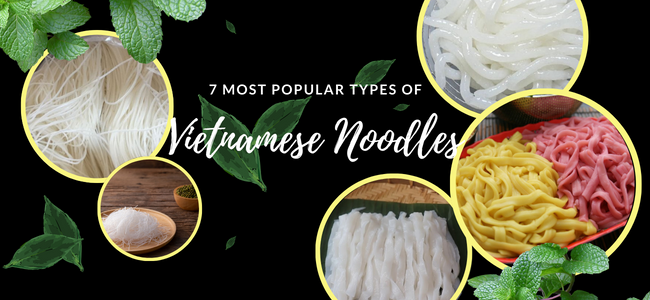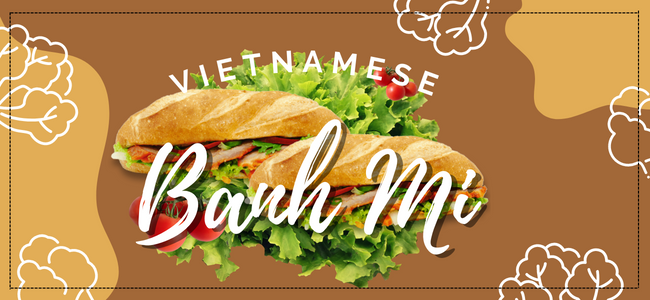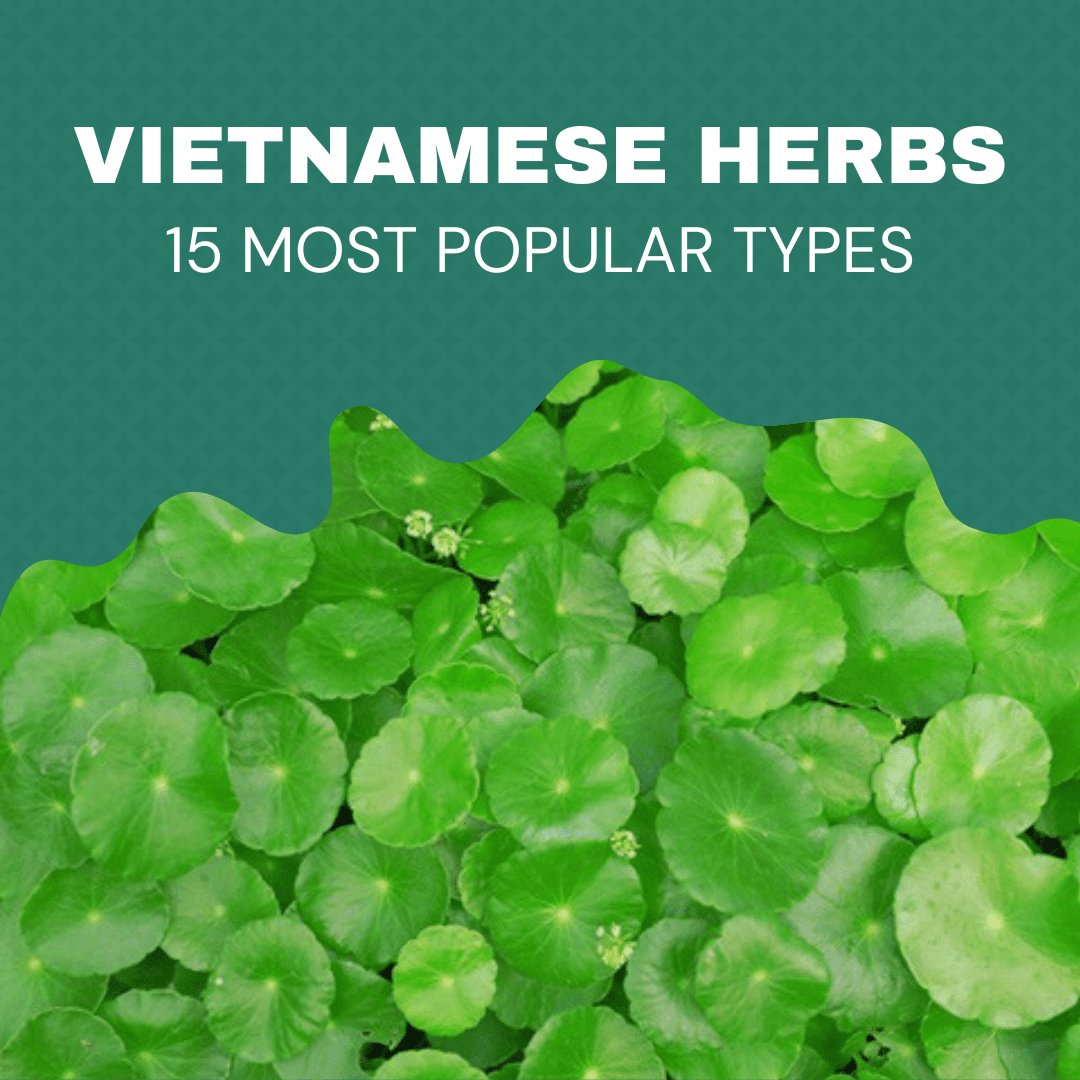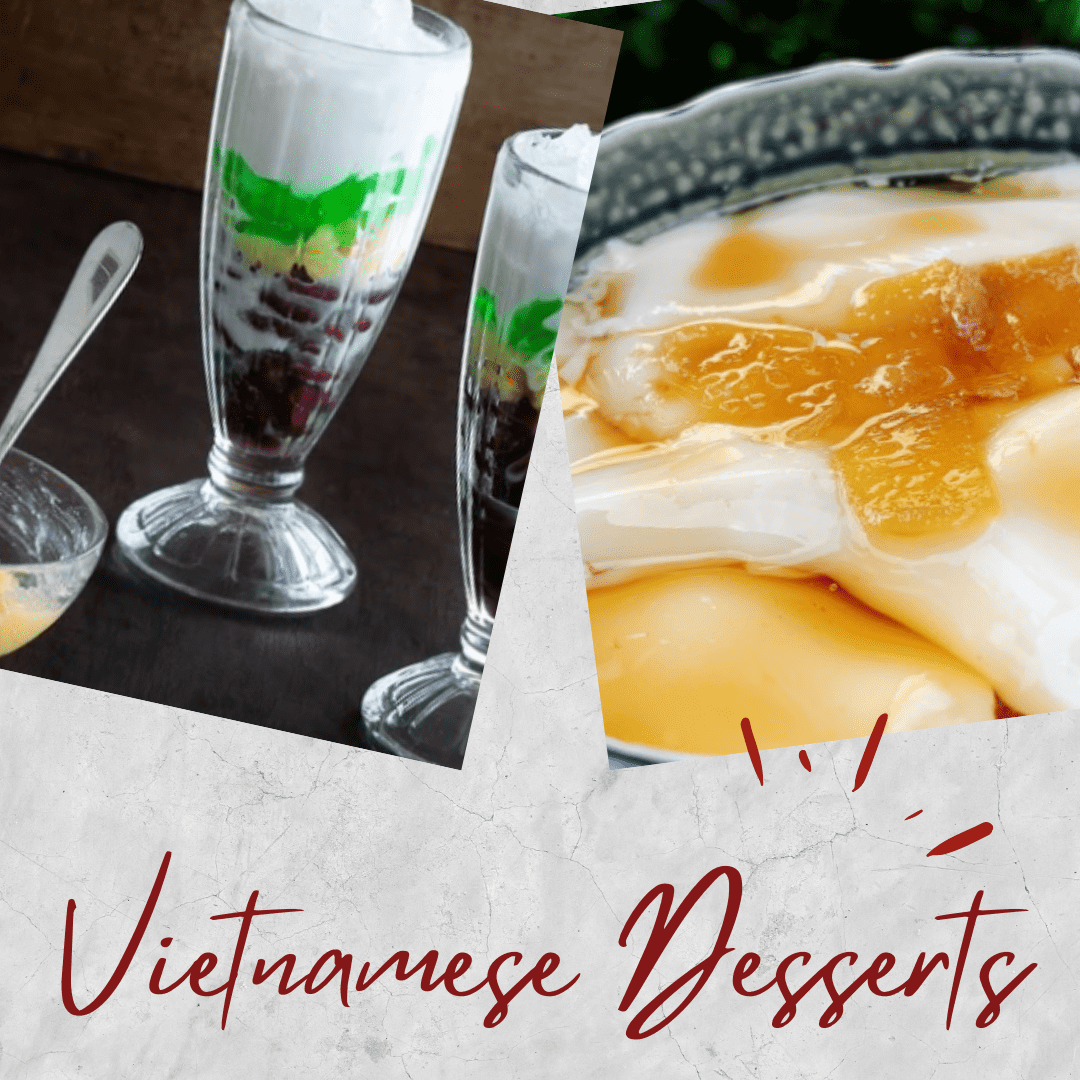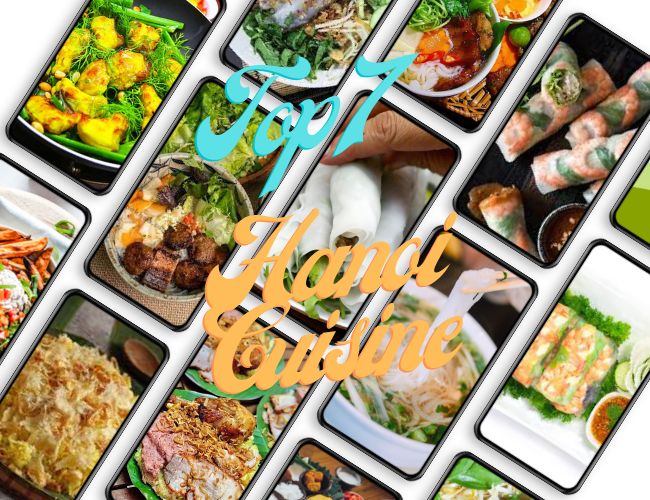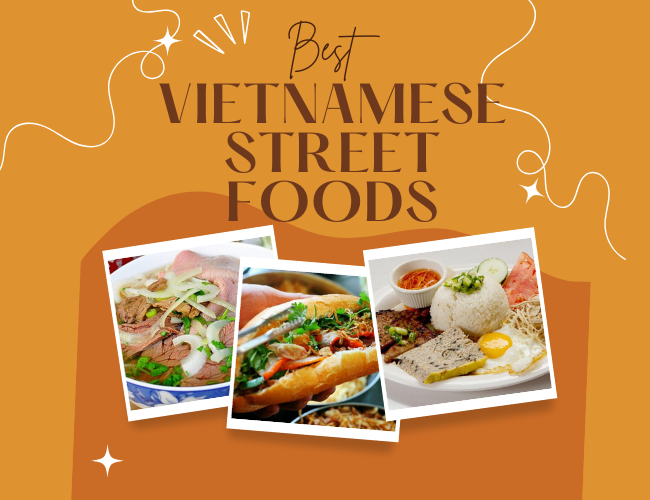Vietnamese noodles are diverse with different colors and textures. Each type of noodle is made of different ingredients and in a variety of ways. It is hard for travelers, especially foreigners to distinguish between all the noodles and choose the best type.
In this article, we will introduce the 7 most popular types of Vietnamese noodles. Scroll down to learn about them!
I. Rice Vermicelli (Bún)
Rice Vermicelli – Bun is usually in white. Bun comes in different strand sizes, depending on its origin. For example, Bun in the North is thin (Bun Cha) while Bun in the Central or South is thick (Bun Bo Hue).
The common ingredients for Bun are rice flour, tapioca flour, wheat, and so on. As you touch this rice vermicelli, you can feel that it is very soft, slippery, and a little bit sticky.
There are many dishes with Bun as the main ingredient. The rice vermicelli is so versatile that it can be served in a hot soup or on a dry plate, along with a small bowl of fish sauce.
The most common dishes with Bun you can try are:
- Bun Cha
- Bun Rieu
- Bun Bo Hue
- Bun Mam
- Bun Dau Mam Tom

II. Egg or Wheat Flour Noodle (Mì)
Mi is a type of Vietnamese noodle that is commonly used by locals. Mi can be either white or yellow, thick or thin, depending on the ingredients.
Normally, the 2 most popular ingredients for Mi are eggs and wheat flour. This noodle can be freshly made, dried, or fried. The most common way to cook Mi is to serve it in hot broth with herbs. On the other hand, you can boil Mi until it is soft, and then stir-fry it in a hot pan with oil, along with meat and vegetables.
The most common Mi dishes in Vietnam are:
- Mi Van Than
- Mi Tom
- Mi Xao
- Mi Trung
- Mi Chu

III. Cellophane Noodle or Glass Noodle (Miến)
Mien has round thin, slippery strands, and a soft, sticky, chewy texture. Most visitors can not differentiate between Mien and Bun. However, these types of Vietnamese noodles can be distinguished by their color.
While Bun is beautiful in complete white color, Mien is transparent with a little bit of grey. The difference in colors is due to the ingredients. Unlike Bun, which is made of rice flour, Mien is made from a combination of water and starch.
The ways to cook Mien are diverse, as you can stir fry or serve it in hot broth. Here are the common dishes with cellophane noodles that you should try during your trip to Vietnam:
- Mien Xao
- Mien Ga
- Mien Luon
- Mien Tron

IV. Rice Stick (Bánh Phở)
Pho is the symbol of Vietnamese cuisine. It is always the top 1 food that any visitor must try when visiting Vietnam. Pho is made of the same ingredients as Bun. That’s why it is also white, soft, slippery, and a little chewy. But what makes the difference is, that the rice stick comes in a flat and wide shape, instead of round strands.
Pho can be prepared in fresh or dried versions. You may see the high versatility of rice sticks, as they can be fried, stir-fried, quickly boiled in hot broth, mixed with sauce, or rolled with beef and vegetables.
We recommend you trying the following dishes with Pho in Vietnam:
- Traditional Pho (Pho Ga, Pho Bo)
- Pho Xao (Xao Gion, Xao Mem)
- Pho Chien Phong
- Pho Cuon
- Pho Tron

V. Clear, Thick, and Chewy Noodles (Hủ Tiếu)
It is said that Hu Tieu is the smallest and thinnest type of Vietnamese noodles. The size is what helps visitors distinguish between it and Mien, while Hu Tieu also has a transparent look and a soft, chewy texture. You can still notice the difference between Mien and Hu Tieu by color. Although both are transparent, Mien is a little gray while Hu Tieu shines with white color.
Hu Tieu is not so common in North Vietnam. But when visiting cities in South Vietnam, Saigon for example, you will be amazed by its popularity. It is the popular choice Hu Tieu is an ideal breakfast option for the locals.
The main ingredient for Hu Tieu is tapioca starch, which brings a white color to it. Hu Tieu can be used in a hot bowl of soup or without soup. This type of chewy noodle is served along with pork, shrimp, squid, and local herbs.
As you are in Vietnam, please try the following dishes of Hu Tieu:
- Hu Tieu Nam Vang
- Hu Tieu Xao
- Hu Tieu Tron

VI. Quang Noodles (Mì Quảng)
Mi Quang is the most popular noodle type in Central Vietnam. You can find lots of vendors and restaurants serving Quang noodles in Danang or Hoi An. The primary ingredient for Mi Quang is rice flour. The strand of it is round and noticeably thick compared to other types.
While the previous noodles can be served in hot soup, Mi Quang is usually served in a dry form. The chefs put vegetables into the bowl, and then put the noodles on. Finally, they fill the bowl with pork, shrimps, local herbs, and other toppings based on the customer’s preference, along with a special sauce.
Depending on the extra ingredients, Quang Noodles appear in different colors. The 3 most popular colors, along with the special ingredient, are:
- Yellow (with turmeric)
- White (only white rice flour)
- Brown (with brown rice)

VII. Vietnamese Thick Noodle Soup (Bánh Canh)
Banh Canh looks similar to Japanese Udon, with a big, round shape and a thick, chewy texture. You can feel Banh Canh very soft and slippery just by looking at it.
The featured ingredients of Banh Canh are tapioca flour and rice flour. These both combine to bring to the Banh Canh an opalescent white (or translucent) color. However, there is no wheat flour in the ingredients. That’s why Banh Canh tastes completely different from Udon.
Banh Canh is commonly served in special soup, filled on top with multiple kinds of toppings. The common options are pork, crab, fish cake, shrimp, beef, etc.
Here are the top dishes with Banh Canh we want to recommend you:
- Banh Canh Cua
- Banh Canh Cha Ca
- Banh Canh Ghe
- Banh Canh Tom Gio Heo

We have explained the unique styles of the top 7 most popular Vietnamese noodles. You can now easily distinguish between these types of food.
In your opinion, what is the best noodle type? All noodles taste very good! If time and budget allow, don’t hesitate to try all these noodles so you can know how amazing Vietnamese cuisine can be.
For more recommendations, please follow our website. We will update new posts about Vietnam travel and Vietnamese food in the future!
>> Read more: 15 Must-Try Vietnamese Desserts and Snacks

